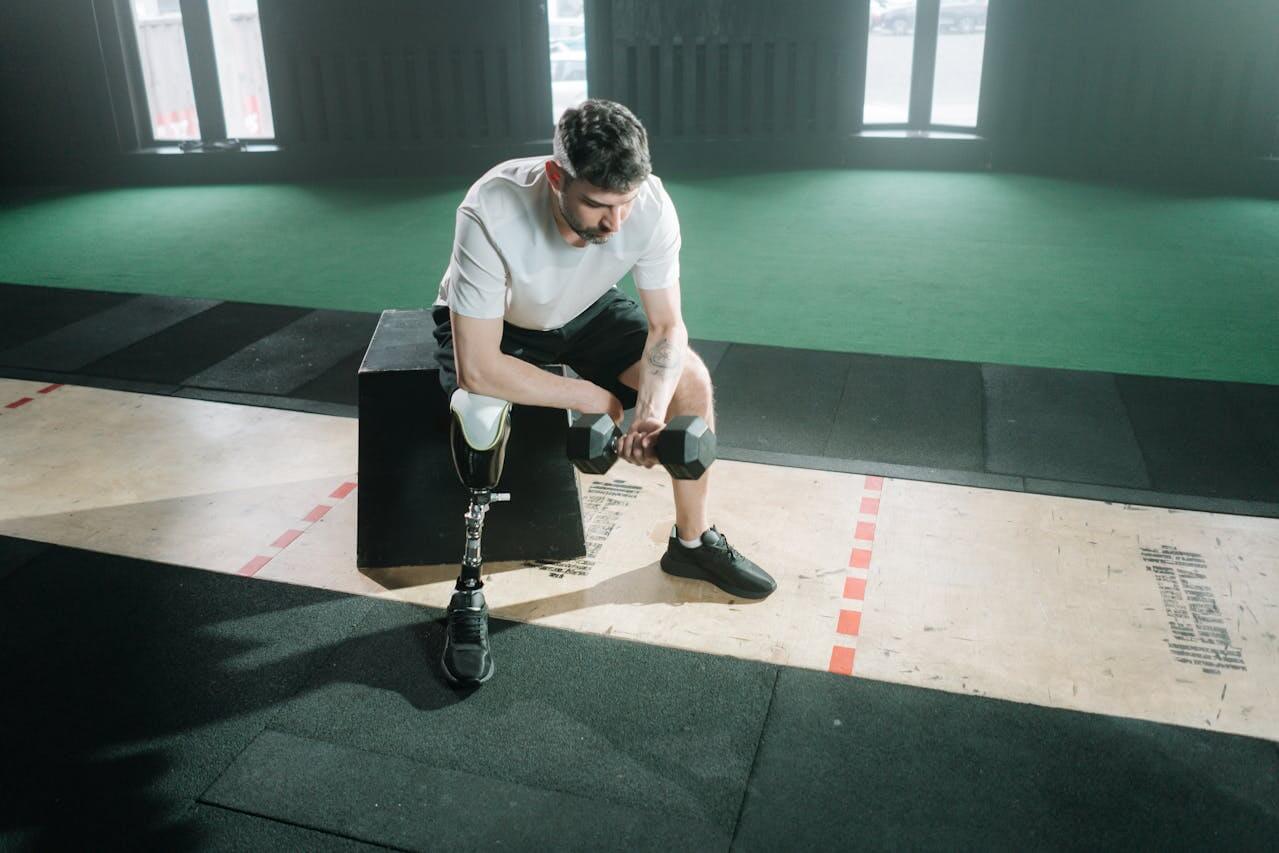The journey of adapting to life with a prosthetic limb is a unique and challenging experience. For individuals who have undergone limb amputation, physical therapy plays a crucial role in restoring mobility, function, and overall well-being. In this article, we will delve into the world of physical therapy strategies tailored specifically for prosthetic users, exploring the innovative approaches that empower individuals to regain confidence and independence.
Understanding the Importance of Physical Therapy
- Early Rehabilitation: The rehabilitation journey often begins shortly after amputation surgery. Early intervention is vital for preventing complications, promoting healing, and initiating the process of adapting to a prosthetic limb. Physical therapists work closely with patients during this critical phase, focusing on exercises that enhance strength, flexibility, and circulation while providing emotional support to navigate the challenges of limb loss.
- Gait Training: Achieving a natural and efficient walking pattern is a primary goal for prosthetic users. Gait training is a cornerstone of physical therapy for individuals with prosthetics. Therapists carefully analyze the biomechanics of each patient’s gait and develop personalized exercises to improve balance, coordination, and the overall quality of movement. This step-by-step approach helps individuals transition from the initial use of a prosthetic limb to confidently navigating various terrains and activities.
- Strength and Endurance Building: Prosthetic users often face unique challenges related to muscle strength imbalances and reduced endurance. Physical therapy strategies are designed to address these issues through targeted strength-building exercises. Emphasis is placed on the muscles involved in prosthetic control, as well as those supporting the residual limb. Progressive resistance training helps individuals develop the necessary strength and endurance to lead an active and fulfilling life.
- Joint Mobility Exercises: Maintaining joint mobility is essential for prosthetic users to ensure optimal function and prevent stiffness. Physical therapists incorporate joint mobility exercises into rehabilitation plans, focusing on the range of motion in both the residual limb and the joints involved in prosthetic movement. These exercises not only contribute to physical well-being but also enhance the user’s comfort and overall satisfaction with their prosthetic device.
Innovative Physical Therapy Strategies
- Virtual Reality (VR) Rehabilitation: The integration of virtual reality into physical therapy has opened up new possibilities for prosthetic users. VR rehabilitation programs offer immersive and interactive environments where individuals can practice various movements and challenges in a controlled setting. This innovative approach not only enhances the engagement of patients but also provides a safe space to build confidence and improve coordination in a virtual world before tackling real-world scenarios.
- Mirror Therapy: Mirror therapy is a fascinating technique that has shown promising results in prosthetic rehabilitation. This method involves using a mirror to create the illusion that the amputated limb is still present. By mirroring the intact limb’s movements, individuals can stimulate the neural pathways associated with the missing limb, reducing pain and improving motor control. Physical therapists incorporate mirror therapy as part of a comprehensive rehabilitation plan to enhance neuroplasticity and optimize functional outcomes.
- Myoelectric Training: For individuals using myoelectric prosthetics, which are controlled by muscle signals, specialized training is essential. Physical therapists work closely with patients to refine their ability to generate and control these muscle signals effectively. Through myoelectric training, users can learn to perform intricate movements, such as grasping and releasing objects, with increased precision and accuracy, fostering a more intuitive connection between the user and their prosthetic limb.
- Aquatic Therapy: Water-based rehabilitation, or aquatic therapy, has gained popularity for its unique benefits in prosthetic rehabilitation. The buoyancy of water reduces the impact on joints and provides resistance for strengthening exercises. Aquatic therapy is particularly effective in improving balance, coordination, and overall cardiovascular fitness for prosthetic users. The supportive environment of the water allows individuals to explore movements with less fear of falling, promoting a sense of security and confidence.
Tailoring Physical Therapy to Individual Needs
- Psychosocial Support: Beyond the physical aspects of rehabilitation, prosthetic users often encounter psychosocial challenges. Physical therapists are attuned to the emotional well-being of their patients and provide a supportive environment where individuals can openly discuss their concerns and fears. Integrating psychosocial support into physical therapy helps address issues such as body image, self-esteem, and social integration, fostering a holistic approach to rehabilitation.
- Customized Rehabilitation Plans: Every individual’s journey with a prosthetic limb is unique, and physical therapy strategies must be tailored to address specific needs and goals. Physical therapists work closely with prosthetic users to develop customized rehabilitation plans that evolve with their progress. Regular assessments and adjustments ensure that the rehabilitation journey remains dynamic and responsive to the changing needs of each individual.
Conclusion
Physical therapy is a cornerstone of prosthetic rehabilitation, playing a pivotal role in empowering individuals to adapt, thrive, and regain control over their lives. Through a combination of traditional exercises, innovative approaches, and personalized strategies, physical therapists guide prosthetic users on a transformative journey toward improved mobility, function, and overall well-being. As advancements in rehabilitation continue to unfold, the future holds even more promise for individuals with prosthetic limbs, offering them the tools and support needed to embrace a life without limitations.



